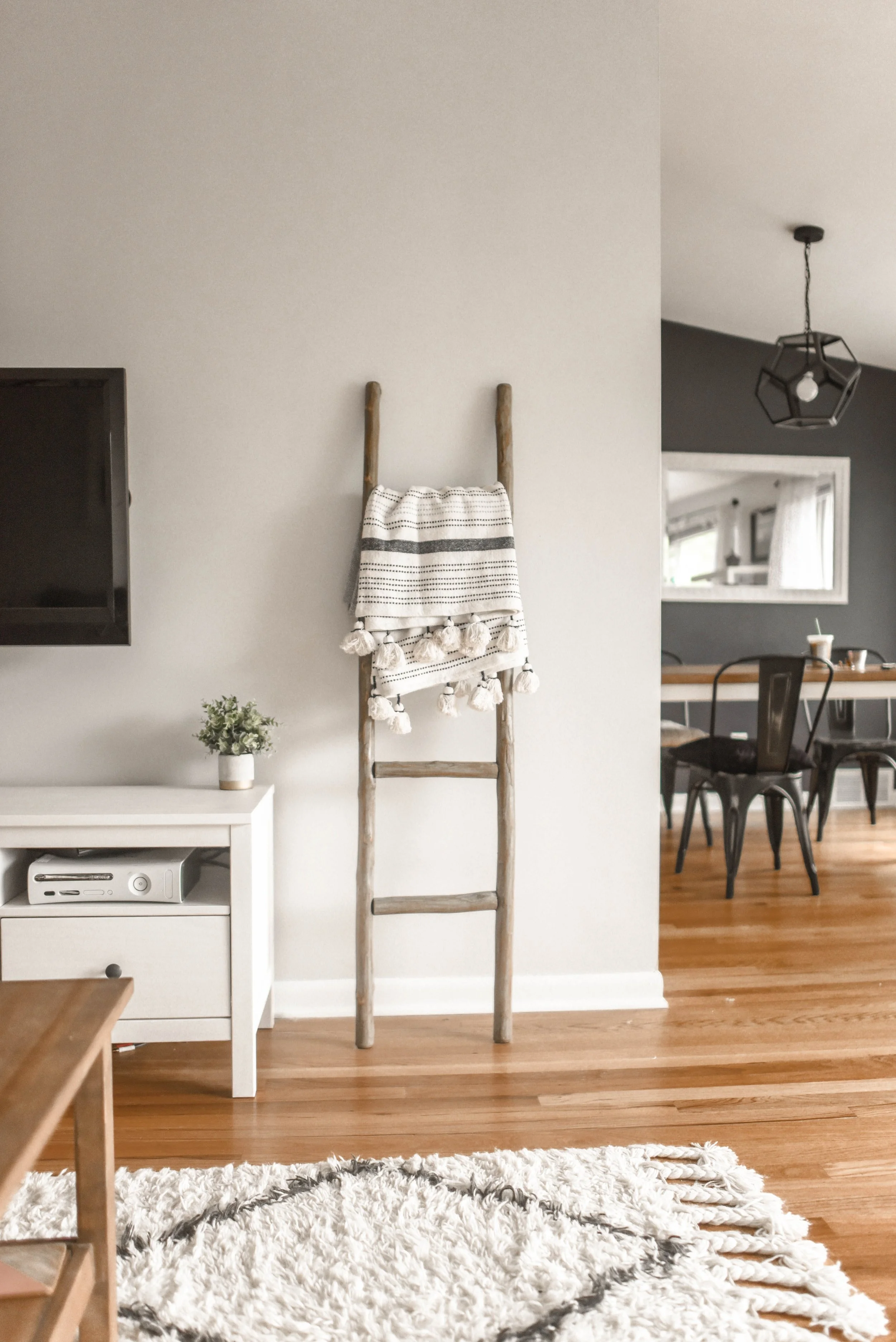Modernize Your Space: Home Improvement Ideas for a Contemporary Look
RH Business Marketing Solutions
A contemporary home is characterized by clean lines, minimalist designs, and a blend of functionality and aesthetics. Modernizing your space can breathe new life into your home, making it feel more inviting and up-to-date. Whether you're looking to update a single room or embark on a whole-house transformation, there are countless home improvement ideas to achieve a contemporary look. In this article, we'll explore various ways to modernize your space and provide valuable insights to help you create the perfect blend of style and function.
1. Open Up Your Floor Plan
An open floor plan is a hallmark of modern design, creating a seamless flow between spaces and fostering a sense of unity. To achieve this effect, consider removing non-load-bearing walls or installing large sliding or folding doors to connect rooms. If a major renovation isn't feasible, you can still create the illusion of openness by using cohesive color schemes and consistent flooring materials throughout your home.
2. Embrace Clean Lines and Minimalism
Modern design is all about simplicity, so focus on clean lines and minimalism when updating your space. Replace ornate moldings, trims, and cornices with sleek, streamlined options. Opt for furniture with straight lines, smooth surfaces, and minimal ornamentation. Remember that less is more, so declutter your space and keep accessories to a minimum to maintain a clean and uncluttered appearance.
3. Incorporate Natural Elements and Textures
A key component of contemporary design is the integration of natural elements and textures. Materials such as wood, stone, and metal can be used in various ways throughout your home to create a warm, organic ambiance. For example, you can use wood for flooring, exposed beams, or custom cabinetry. Stone can be incorporated into countertops, fireplaces, or accent walls, while metal can be used for stair railings, light fixtures, or furniture accents.
4. Update Your Lighting
Lighting plays a significant role in setting the tone and atmosphere of your home. To create a modern and inviting ambiance, opt for sleek and minimalist lighting fixtures that make a statement without overpowering the space. Consider incorporating LED or energy-efficient bulbs to reduce energy consumption while providing ample illumination. In addition, utilize natural light by installing large windows, skylights, or glass doors, which can help your home feel more spacious and connected to the outdoors.
5. Invest in a Modern Roof
A new roof can significantly impact your home's overall appearance and improve energy efficiency. Partnering with a reliable commercial roofer can ensure that you select the best roofing materials and designs to enhance your home's modern aesthetic. Metal roofing, for instance, can provide a sleek, contemporary look while offering durability and low maintenance. In addition, a modern roof can improve insulation and help regulate your home's temperature, resulting in lower energy bills and increased comfort.
6. Revamp Your Exterior
The exterior of your home is the first impression visitors have, so it's essential to create a modern and welcoming facade. To achieve a contemporary look, consider updating your siding materials or applying a fresh coat of paint in a neutral, on-trend color. Additionally, replacing outdated doors and windows with sleek, energy-efficient options can further enhance your home's modern appeal. Don't forget to add simple yet impactful landscaping elements, such as geometrically shaped hedges or minimalist garden beds, to complete the transformation.
7. Update Your Kitchen and Bathrooms
Kitchens and bathrooms are two key areas that can make a significant impact on your home's overall aesthetic. To modernize these spaces, consider updating cabinetry, countertops, and fixtures with sleek and minimalist designs. For example, you can install frameless cabinets, waterfall countertops, and floating vanities to create a contemporary look. In addition, incorporating modern technology, such as touchless faucets, smart appliances, or LED mirrors, can further enhance the functionality and appeal of these spaces.
8. Choose a Cohesive Color Palette
A cohesive color palette is essential for creating a unified, contemporary look throughout your home. Opt for neutral tones, such as whites, grays, or beiges, as the base for your color scheme. These colors can be easily complemented with bolder accents in artwork, textiles, or accessories. To add depth and interest to your palette, consider incorporating various shades of your chosen neutrals or adding subtle pops of color through decorative elements.
9. Incorporate Smart Technology
Modern homes are often characterized by their integration of smart technology, which can enhance both convenience and energy efficiency. Consider installing smart thermostats, lighting controls, or security systems to improve your home's functionality and appeal. Additionally, integrating voice-controlled assistants or whole-home audio systems can create a seamless and connected living experience.
10. Maintain Your Modern Roof
To ensure the longevity and performance of your new modern roof, it's essential to partner with reputable roofing companies near Kirkland for regular maintenance and inspections. These professionals can identify and address any potential issues before they become significant problems, helping you protect your investment and maintain your home's contemporary appearance.
In conclusion, modernizing your home doesn't have to be an overwhelming task. By implementing these home improvement ideas, you can create a contemporary and inviting space that suits your lifestyle and preferences. From updating your floor plan to investing in a modern roof, each improvement will contribute to a cohesive and stylish home. Embrace clean lines, natural elements, and smart technology to transform your space and enjoy the benefits of modern living.















